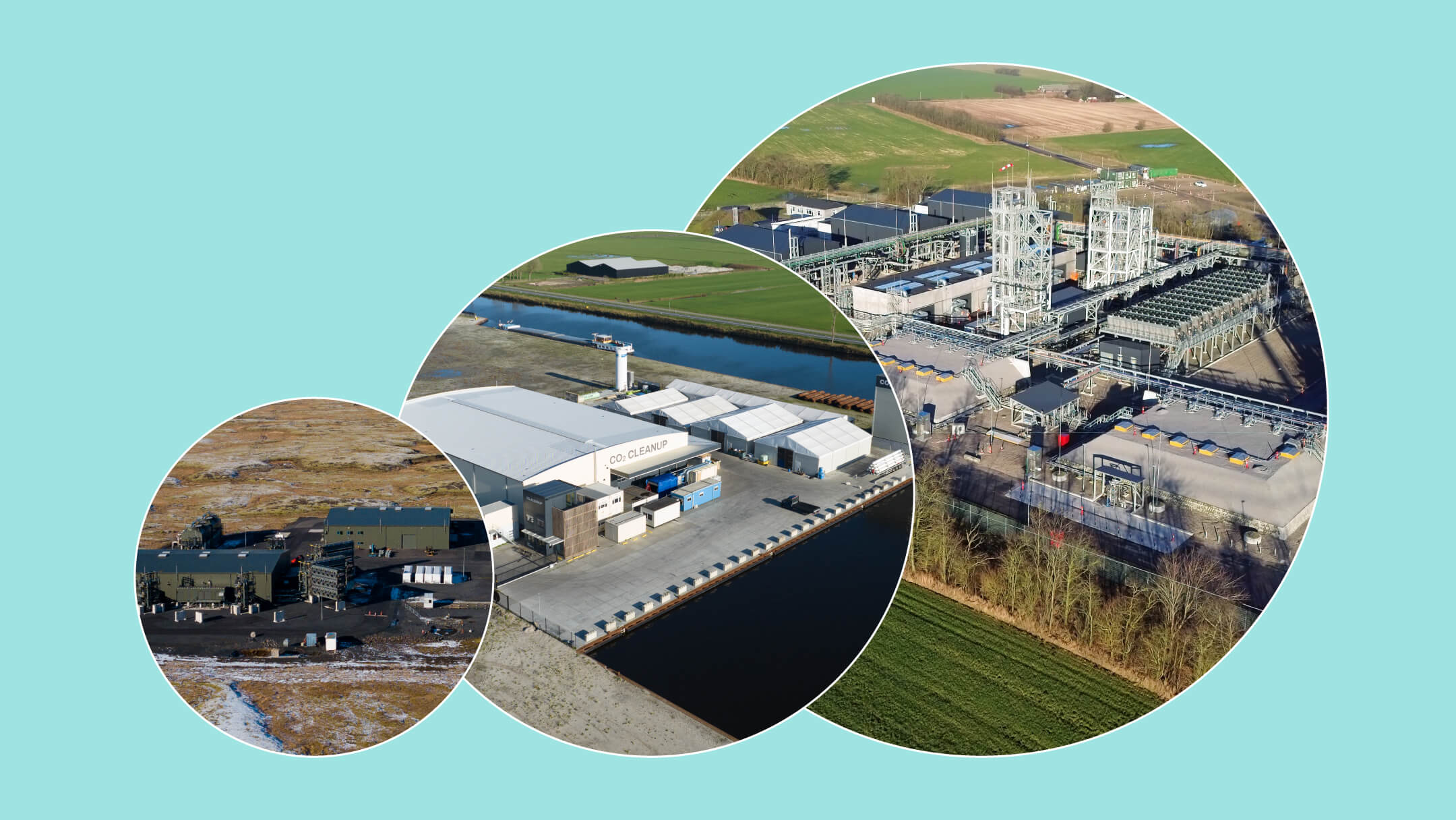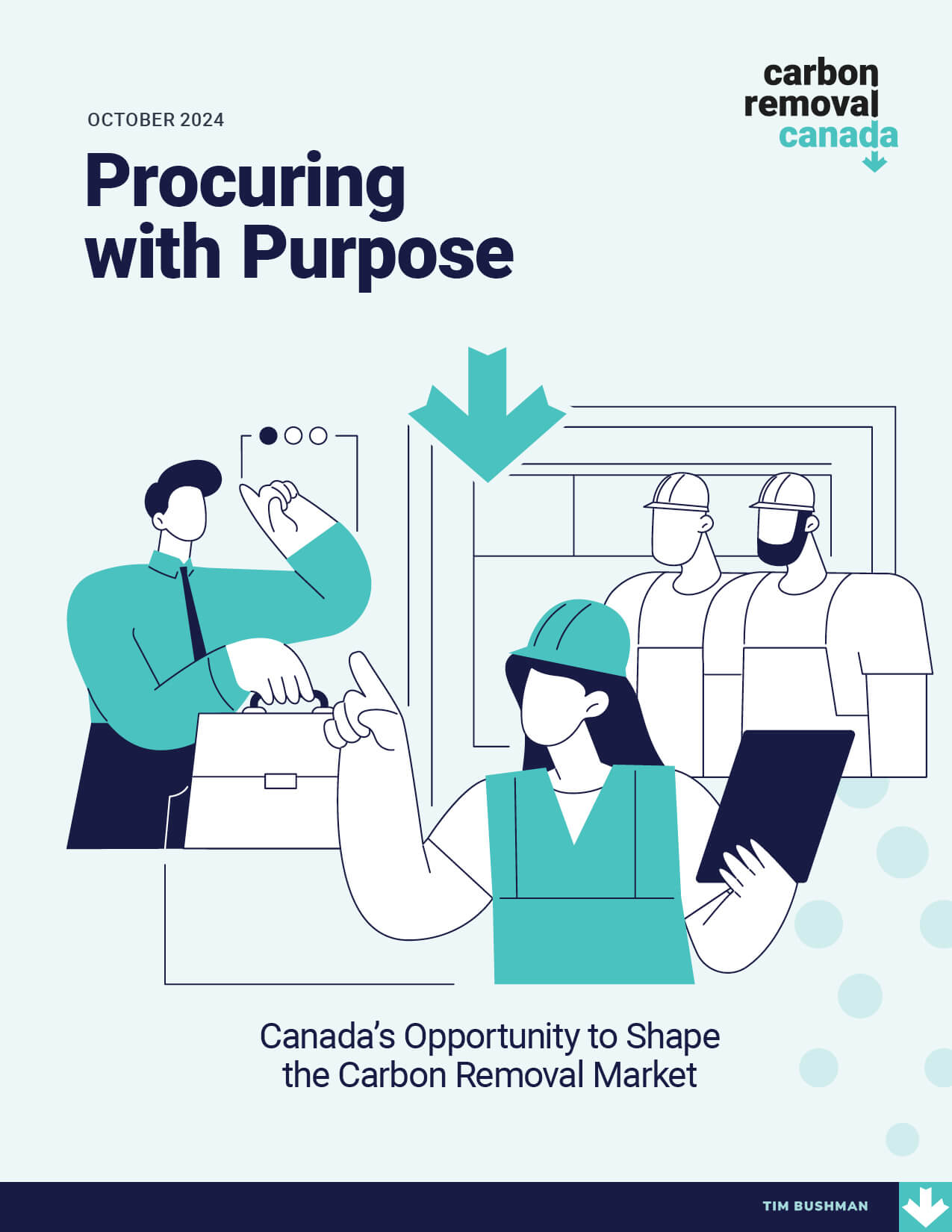Removing carbon dioxide (CO2) from the atmosphere on a large scale is now imperative for addressing climate change, alongside drastically reducing global emissions and adapting to negative climate impacts. But how big will the carbon removal industry be in the future?
We just don’t know. What we do know is that we have a new industry to build — and quickly — to help achieve net-zero CO2 emissions globally and also begin to clean up historical carbon pollution from the atmosphere. The time to get started was yesterday. The time to explore the most promising solutions and refine our approach to scale is today.
How much carbon removal do we need to be compatible with 1.5-2°C scenarios?
The estimated amount of carbon removal needed over the course of this century (and beyond) to help meet global climate goals will depend on a host of factors — including the chosen temperature target, the pace of emissions reductions across the economy, and technology cost performance. The amount of carbon removal required in 1.5-2°C scenarios is 6-10 billion metric tonnes of CO2 (gigatonnes or GtCO2) per year by 2050.
In short, society will likely need to scale the carbon removal industry to several gigatonnes per year by midcentury, which is no small feat, given that only a handful of industries operate at that level today, including coal, cement, oil, and iron ore. Caution is also warranted about being overly reliant on the availability of carbon removal at scale in the future with inherent uncertainties around factors such as technology performance and resource availability (e.g., clean energy, sustainable biomass, land area, etc.).
Why do we need carbon removal at a large scale?
- Carbon removal can help us reach net-zero CO2 emissions more quickly. There are likely to be residual emissions across the economy at any given point in time due to energy end-uses that are difficult to eliminate and the need to compensate for non-energy-related CO2 emissions stemming from sources such as wildfires or permafrost thaw. The use of carbon removal to counterbalance these residual emissions is unavoidable.
- Carbon removal can potentially help cool down the planet over time. Carbon removal is the only way to clean up historical carbon pollution. Sustained net-negative CO2 emissions could provide the opportunity to rebalance the global carbon cycle and gradually lower global average temperatures over time by reducing atmospheric CO2 concentrations.
What are industry projections of global market size?
There have been numerous projections about the future size of the carbon removal industry for the period 2030 – 2050 (Table 1). Although these projections are difficult to compare due to differences in the type of carbon removal within scope and assumptions around demand drivers, the literature suggests that the market size could reach a level of hundreds of billions of dollars by 2050 (and possibly more than one trillion dollars according to one study).
Table 1. Estimates of Future Global Market Size for Carbon Removal
Source |
Type of Carbon Removal |
Time Horizon |
Global Market Size (GtCO2/yr) |
Global Market Size ($USD/yr) |
Assumptions |
|---|---|---|---|---|---|
| Bezos Earth Fund, 2024 | Durable | 2030 – 2040 | 0.285 (2030)
4.5 (2040) |
Unknown | Interim “technological” carbon removal capacity that is necessary to achieve 10 GtCO2/yr by 2050 |
| Boston Consulting Group, 2024 | Durable (DAC, BECCS, ERW, Cmin, etc.) | 2050 | 0.5 – 2.5 (2050) | $200 – 500 billion (2050) | Demand for durable carbon removal from expansion of existing and proposed policies |
| Boston Consulting Group, 2023 | Durable (DAC, BECCS, ERW, Cmin, OAE) | 2030 – 2040 | 0.04 – 0.2 (2030)
0.08 – 0.87 (2040) |
$10 – 40 billion (2030)
$20 – 135 billion (2040) |
Demand for durable carbon removal from voluntary and non-voluntary markets |
| CUR8, 2025 | All | 2030 | 0.3 (2030) | Unknown | Demand according to a net-zero aligned scenario that is heavily reliant on lower durability methods |
| McKinsey, 2024 | Durable (result in carbon storage for at least 1,000 years | 2030 | 0.01 (2030) | Unknown | Demand from corporate sustainability commitments that implicitly or explicitly state state intention to compensate for residual emissions with durable carbon removal credits |
| McKinsey, 2023 | All | 2050 | N/A | $300 – 1,200 billion (2050) | Different combinations of removal types and speed of decarbonization affect volumes and total market value |
| MSCI Carbon Markets | All | 2030 – 2050 | Uncertain | $4 – 11 billion (2030)
$30 – 165 billion (2050) (all carbon removal methods) |
Demand for durable carbon removal from voluntary and non-voluntary markets |
| Oliver Wyman, 2024 | Uncertain | 2030 – 2035 | Uncertain | $10 – 100 billion (2030 – 2035) | Targeted interventions necessary to scale the market, including clear guidance on corporate climate targets, carbon removal integration into compliance markets, and government subsidies |
Source: Carbon Removal Canada, 2025. Abbreviations: BECCS = bioenergy with carbon capture and storage; DAC = direct air capture; Cmin = carbon mineralization; ERW = enhanced rock weathering; OAE = ocean alkalinity enhancement.
When assessing projections of global market size by the annual amount of CO2 removed from the atmosphere, these estimates suggest a gradual ramp-up to the multi-gigatonne scale per year is possible by mid-century. Such projections, while informative, will need to be continuously updated over time to better reflect the actual progress being made to date and where global efforts may be falling short of expectations.
How do we grow the carbon removal industry to its full market size potential?
Technological advancements are occurring rapidly across the carbon removal industry. Although that is of central importance to achieving a climate-relevant scale, technological progress alone is inadequate. We need innovation across numerous industry-building factors such as technologies, policies, business and financing models, regulatory frameworks, and community outreach and engagement efforts.
Ultimately, building and scaling a global industry to its full potential will require cooperation across the public and private sectors. Learn more about how public and private purchasing decisions can drive demand and shape the future of the carbon removal market in our report, Procuring with Purpose.







